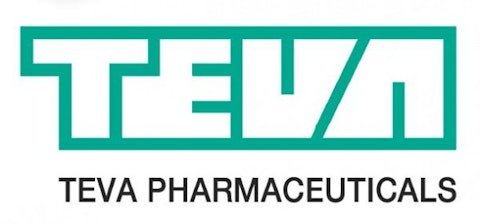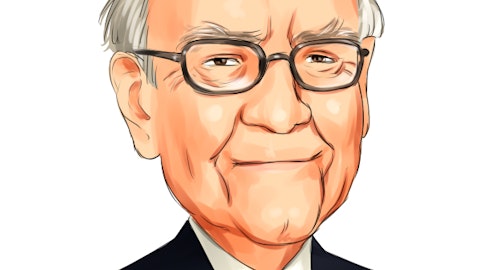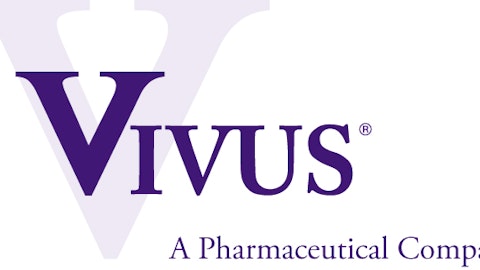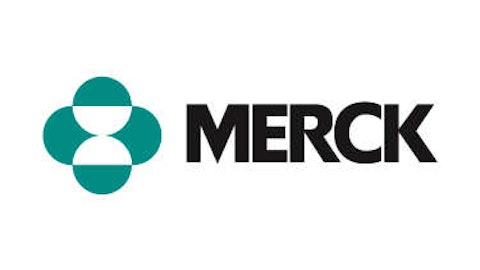Multiple sclerosis, or MS, is a terrible disease — but the market for MS therapies sure has gotten exciting recently.
Back in 2011, generic drug giant Teva Pharmaceutical Industries Ltd (ADR) (NYSE:TEVA) dominated the MS field, riding the coattails of its Copaxone medication to success. Since then, a whole lot has changed: With the advent of oral MS therapies, the market’s undergone a facelift. Companies pour resources into finding new therapies for a market predicted to swell to $14 billion by 2015. The question arises: Just which company is at the top of the MS market going forward?
Teva’s old reliable
Before we get too enthusiastic about new treatments, don’t sign off on Teva. Even with competition sprouting up all over the place, Copaxone still hasn’t relinquished a powerful hold on the industry.

However, even Teva’s cautious about Copaxone’s future. Teva’s head of global brands admitted last year that 2012 would likely see the height of the drug’s sales, projecting Copaxone’s revenue to fall to $2.7 billion by 2015, the year its patent expires. Teva’s therapy is already stalling in the U.S.: Copaxone recorded just 4% sales growth domestically in 2012, driven mostly by price increases. While sales outside the U.S. jumped significantly, international revenues make up only a little more than 25% of the drug’s total revenue.
Copaxone’s not doomed by any measure — as of the third quarter of 2012, the drug held a 40% market share in the U.S. — but it’s critical for investors to understand that it’s facing a long downslide in years ahead. With companies such as Mylan Inc. (NASDAQ:MYL) circling to launch generic competitors after Copaxone’s patent expires, 2016 could be a tough year for Teva investors.
So, just which products and companies are stepping in to fill the void?
Competitors abound
While oral therapies are the new face of MS medications, there are plenty of injectable medicines still vying for sales with Copaxone. Merck Serono and Pfizer Inc. (NYSE:PFE)‘s Rebif treatment continues to do well, recording sales of $670 million for the former in the third quarter of 2012. Pfizer reported Rebif growing in the U.S., a good sign for the product considering Copaxone’s domestic stall.
Biogen Idec Inc. (NASDAQ:BIIB) also markets successful injectable therapies. The company’s Avonex continues to be the best competitor to Copaxone, posting 2012 full-year sales of $2.9 billion — an 8% year-over-year growth. Biogen’s got a strong handle on the market, with fellow MS drug Tysabri posting 5% year-over-year sales growth to reach $1.1 billion in full-year revenue. Biogen managed to extend Avonex’s patent protection from its original expiration date this year all the way to 2026; however, that’s being challenged, and expect some Avonex sales to decline with the rise of oral therapies.
Gilenya, Novartis AG (ADR) (NYSE:NVS)‘ forerunner of the oral MS drug market, first rose to prominence with its FDA approval in late 2010. The drug’s had safety concerns since its launch — 11 patients died at one point, leading to an investigation eventually cleared up by regulators — but since then, Gilenya’s been on a roll. The drug hit blockbuster status for Novartis in 2012 with sales of $1.2 billion over the full year. Analysts expect peak sales from $2.1 billion all the way to $3.5 billion for the drug in coming years, with safety concerns weighing on the lower estimates. Still, expect Gilenya to be a major player in the MS market.




